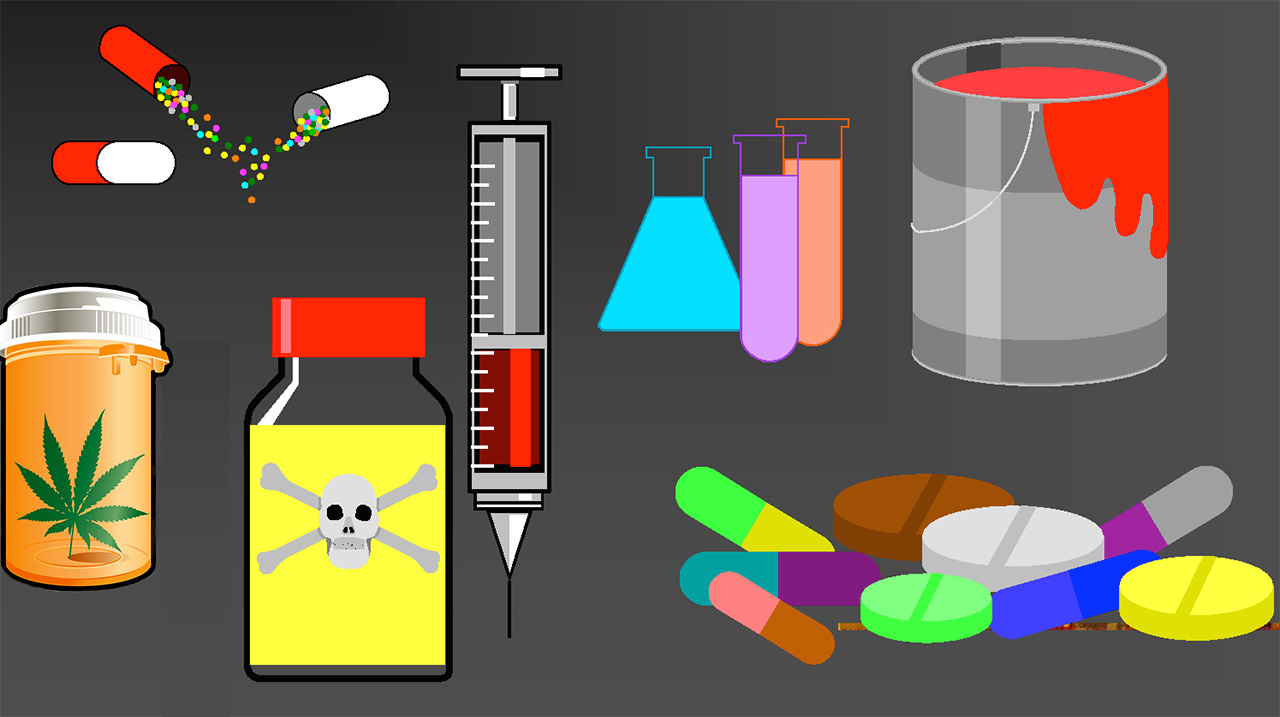It’s easy to assume that the process of getting drugs for scientific research is some shadowy pursuit that the government would make nearly impossible. But in fact it’s actually more like ordering from J. Crew if you’re a properly credentialed research scientist. All candidates have to do is go to this page and click this catalog to browse through an enormous listing of available drugs. Once the researcher has picked her poison, she is required to mail a request and hope for the best. Surprisingly, 99% of the 400 annual requests are actually fulfilled.
Gizmodo explains where to get the best free drugs:
The nonprofit RTI (Research Triangle Institute) is a sprawling complex in North Carolina’s Research Triangle Park. The institute maintains the inventory for the NIDA Drug Supply Program in an undisclosed location. (RTI declined to respond to any interview requests.) The institute synthesizes drugs itself, contracts to other labs to synthesize drugs, and imports substances otherwise unavailable in the U.S.
It is actually also possible for researchers to get scheduled substances directly from commercial manufacturers as long as they have the appropriate DEA paperwork. But the NIDA Drug Supply Program has advantage of being free, which is why many scientists take this option, especially those already funded by the National Institutes of Health, the umbrella organization that encompasses NIDA and its drug supply program.
In addition to the non-profit route, there are also legit sites that sell the goods. But the convenience means that it doesn’t come free.
Perhaps the most interesting part of the drug research world is that there is only one farm in America that’s legally allowed to grow weed under federal law. That 12-acre farm is located at the University of Mississippi School of Pharmacy. The fact that only one place is certified to grow pot is a subject of controversy in the scientific world:
Scientists have criticized the limited supply of research marijuana, especially for those studying its beneficial effects. They’ve also criticized its limited variety. Patients walking into a medical marijuana dispensary are faced with a dizzying array of choices—of wildly varying levels of THC and cannabidiol and other chemicals. The Mississippi facility only this past year started growing three strains: one with high THC/low cannabidiol, another with low THC/high cannabidiols, and third in between.
Supplying the material for cannabis research doesn’t end when the buds are harvested. The NIDA Drug Supply Program also provides rolled cigarettes and a wide array of synthetic cannabinoids.
So, while it might be relatively easy to obtain drugs for legitimate research, there will still be problems with supply and demand.
The truly difficult hurdle, of course, is the paperwork. The DEA has a 9-point checklist that all applicants must comply with and everyone working in the lab must go through a background check. Oftentimes those seeking approval will also have to go through a review process with the Department of Health, state health boards and university review boards. That can take up to two years.
While the difficulty may not be as high as one might think, there are still enough barriers that our scientific knowledge about fun drugs is woefully limited.
(Image: docstoc)



